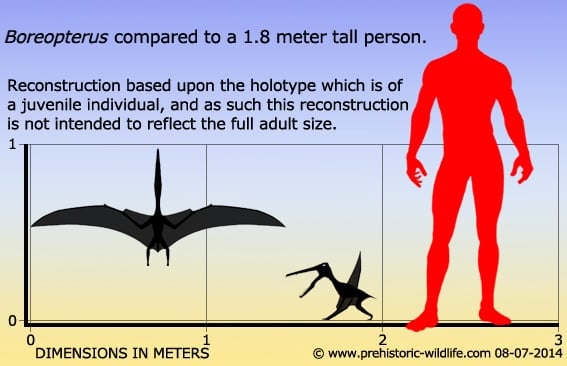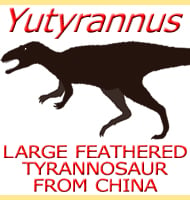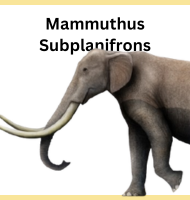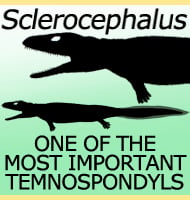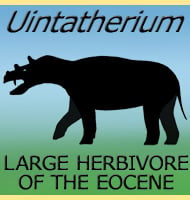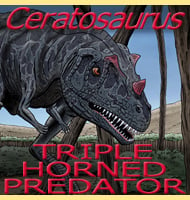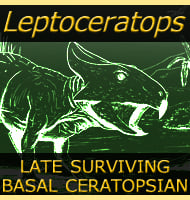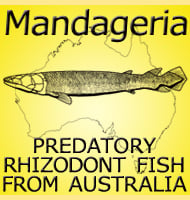In Depth
Like in other ornithocherid pterosaurs the sharp teeth of Boreopterus project out to the sides with the largest near the tip of the snout, most notably the third and fourth pairs from the tip of the snout. When the teeth near the tips of the jaws meshed together they made for an effective prey trap. In total Boreopterus is thought to have had at least fifty-four teeth, making for an unusually high number.
Boreopterus was initially placed within the Ornithocheiroidea until 2006 when L� Jinchang created the Boreopteridae where Boreopterus now sits along with Feilongus.
Further Reading
– A new ornithocheirid from the Early Cretaceous of Liaoning Province, China. – Acta Geologica Sinica 79 (2): 157–163. – Junchang L� & Qiang Ji – 2005.
